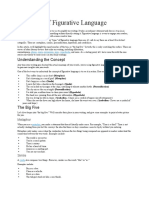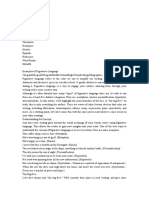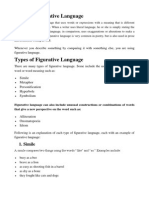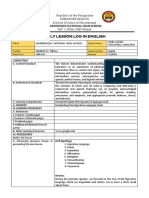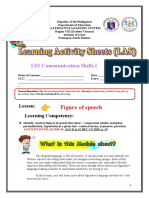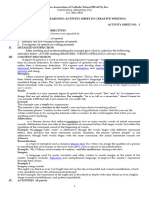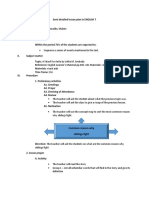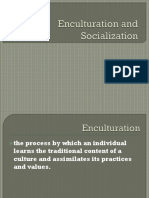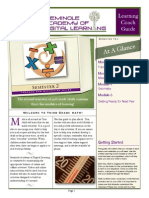0% found this document useful (0 votes)
24 views5 pagesEduc 85 Systematic Approach in Learning
The document outlines a lesson plan focused on teaching students about different types of figurative language, including hyperbole, metaphor, personification, simile, and symbolism. Students will engage in activities such as analyzing music videos and creating their own songs that incorporate figurative language. The lesson concludes with an evaluation quiz and an assignment for students to refine their song for the next meeting.
Uploaded by
yukimikkaellabCopyright
© © All Rights Reserved
We take content rights seriously. If you suspect this is your content, claim it here.
Available Formats
Download as PDF, TXT or read online on Scribd
0% found this document useful (0 votes)
24 views5 pagesEduc 85 Systematic Approach in Learning
The document outlines a lesson plan focused on teaching students about different types of figurative language, including hyperbole, metaphor, personification, simile, and symbolism. Students will engage in activities such as analyzing music videos and creating their own songs that incorporate figurative language. The lesson concludes with an evaluation quiz and an assignment for students to refine their song for the next meeting.
Uploaded by
yukimikkaellabCopyright
© © All Rights Reserved
We take content rights seriously. If you suspect this is your content, claim it here.
Available Formats
Download as PDF, TXT or read online on Scribd
/ 5








